Introduction and utilization of X-CT systems for cultural properties in Japan
2023-01-13TORIGOEToshiyuki
TORIGOE Toshiyuki
(Tokyo National Museum, Tokyo 110-8712, Japan)
Abstract: In Japan, scientific research on cultural properties is conducted using optical methods without sample destruction. For this purpose, many X-ray computed tomography (X-CT) systems have been introduced, mainly at national museums. This paper introduces the history of the introduction of CT systems in Japan and examples of their utilization.
Key words: X-CT; Cultural property; Utilization of CT data
0 Introduction
In Japan, research on cultural properties is mainly conducted by visual and optical methods (e.g., photography and analysis using visible light, infrared rays and X-rays), following the principle of conducting scientific research using methods that do not take samples (nondestructive). In recent years, computed tomography (CT) systems for cultural properties have been introduced, mainly at national museums, and, as of the end of 2021, ten facilities (Table 1) were using these devices. CT has become an indispensable device for researching cultural properties because it can easily identify the internal structure, deterioration/damage, and history of repairs. This paper discusses the history of the introduction of CT systems into the field of cultural properties in Japan as well as provides examples of their use.
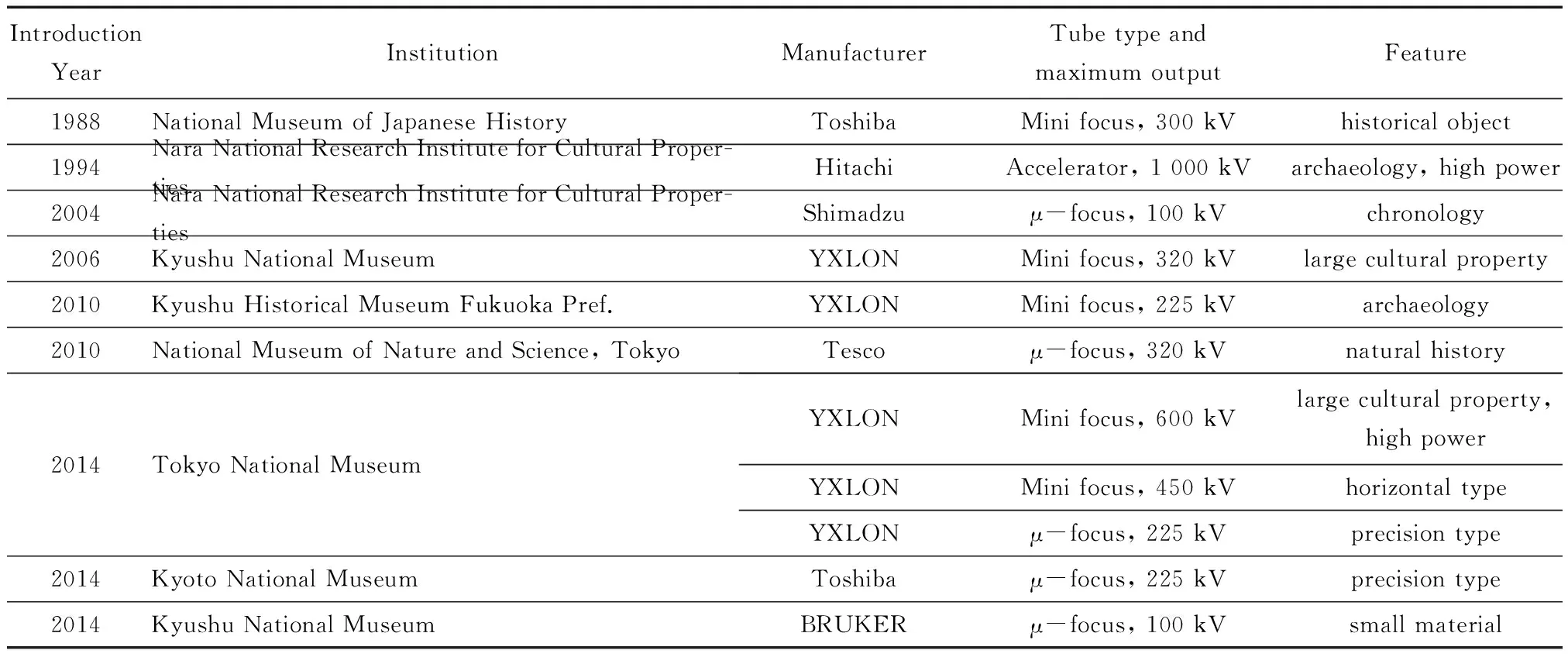
Table 1 X-CT systems for cultural properties installed in museums and research institutes

(continued Table 1)
1 History of the introduction of CT into the field of cultural properties
The Tokyo National Research Institute for Cultural Properties was the first institution to use CT to examine cultural properties. In 1978, a wooden carved Buddha was examined using a medical CT[1], and in 1985, a gilt bronze Buddha was examined using an industrial CT[2]—equipment from outside institutions was used in both cases. The National Museum of Japanese History, which was the first museum or research institute to introduce an industrial CT for cultural properties, scanned Chinese bronzes in the collection of the Sen-oku Hakukokan Museum[3]. In general, medical CTs can take images in a short time, but the X-ray output is low and the images are coarse. Industrial CTs have high output but are time-consuming. In 1994, the Nara National Research Institute for Cultural Properties introduced a high-power CT system manufactured by Hitachi, Ltd. and used it to investigate archaeological materials, such as the silver inlays on a pattern head excavated from an ancient burial mound[4]. As this device was a line sensor detector with a row of sensors, taking measurements required a lot of time. In 2004, the research institute installed a high-precision CT system for tree-ring dating to investigate wood products and musical instruments[5]. The old high-power CT equipment was updated in 2018 to coincide with the construction of a new building.
In 2006, the Kyushu National Museum, which opened the previous year, introduced a large CT system for studying cultural properties that was equipped with a flat panel screen detector as a sensor. With a resolution of 0.5 mm, which allows for the decipherment of the annual rings of wood to a certain degree, this CT system is a practical device that makes it possible to examine a life-size wooden sculpture of 1.7 m in height in about 2 h, dramatically shortening the time required to explore the statue, compared to previous CT systems. The ability to grasp the internal structure of an object in a reduced period of time has revolutionized the survey of cultural properties. More than 300 surveys of cultural properties have been conducted annually and remarkable results[6]have been achieved with sculptures and archaeological materials, leading many researchers from China and Korea to visit the Kyushu National Museum to inspect this CT system. The system has been introduced and is being used in these two countries as a method that contributes to the research, conservation and restoration of cultural properties in East Asia, the “wood culture zone”. The museum’s old CT equipment was updated in 2019.
The Kyushu Historical Museum, Fukuoka Prefecture, which was formerly located next to the Kyushu National Museum, installed a small CT system in 2010 when it was moved to a new location 12 km to the south. In collaboration with the nearby Kyushu National Museum, the historical museum has been particularly successful in its research on archaeological materials[7].
In 2014, the Kyoto National Museum, which had constructed a new building, installed a Toshiba high-precision CT system. The museum has been conducting research focusing on items on loan for exhibition, repaired cultural properties and items associated with Kyoto[8]. In the same year, the Tokyo National Museum (TMN) also installed three CT systems: a high-power CT system for large cultural properties, capable of scanning large objects up to 2.5 m in height and metal objects; a horizontal CT system, which can take images of objects lying on their sides, such as a mummy; and a high-precision CT system. The museum is also using these devices for research on borrowed items for exhibition and restoration[9-10].
The Nara National Museum, a center of Buddhist art and holder of a large collection of wooden sculptures, installed a large CT system for cultural properties in 2017. There are many old temples and shrines in Nara and many wooden sculptures and artifacts have been handed down from generation to generation; therefore, research is underway with a focus on items borrowed for exhibition, repaired items, and items associated with Nara[11].
Nara is the location of the Gangoji Institute for Research of Cultural Properties, which is engaged in the restoration of archaeological materials, and in 2018 it introduced a high-precision CT system for the investigation of small cultural properties. The system is used to survey and repair archaeological materials in collaboration with the Nara National Museum[12].
In 2021, the National Ainu Museum opened in Shiraoi, Hokkaido, and a CT system for cultural properties was introduced the previous year. The museum serves as a base for research on cultural properties in Hokkaido and the Tohoku region, with ethnic and archaeological materials as the focal point[13].
2 Utilization of CT
This section presents some examples of CT surveys of cultural properties in Japan.
2.1 Survey of a bronze sword in the collection of the Sen-oku Hakukokan Museum
The Sen-oku Hakukokan Museum in Kyoto is world-renowned for owning masterpieces of ancient Chinese bronzes (Sumitomo Collection). When the Kyushu National Museum borrowed this object in 2010, we jointly conducted a CT survey[14].
The object is a Chinese bronze sword (4th century B.C.), measuring 61.0 cm in length and 0.81 kg in weight (Fig.1). The entire object was scanned using a CT (Y.CT Modular 320 FPD manufactured by YXLON International of Germany) with an X-ray output of 320 kV and 2 mA and a resolution of ~0.2 mm. The whole image was taken with a spatial resolution of ~0.2 mm, and a portion of the blade was enlarged by ~0.1 mm. The obtained data were analyzed with VGStudio MAX2 from VolumeGraphics. The whole image was also reconstructed with a resolution of ~0.1 mm.

Fig.1 Whole view of a bronze sword (Courtesy of the Sen-oku Hakukokan Museum)
Research on the cut and polished sword remnants in the collection of Shanghai Museum reveals the material and metallurgy of the core and blade, suggesting that they were cast separately[15-16]. Image analysis by nondestructive CT examination also confirms evidence that the core and blade were cast separately (Fig.2 and Fig.3).

Fig.2 Slice image near pattern- (left:-without ridge line; right: -with ridge line) (Courtesy of the Kyushu National Museum)

Fig.3 Slice image of the bronze sword [left: longitudinal section; center: transverse section (without ridge); right: transverse section (with ridge)] (Courtesy of the Kyushu National Museum)
The CT research provides useful information not only for research but also for storage management and handling.
2.2 Survey of Tibetan Buddhist statues in the collection of the Tokyo National Museum (TNM)
The TNM is celebrating its 150th anniversary in 2022, but due to many items in its collection, research using CT is still in progress. As a special feature of the 150th anniversary, an exhibition titled “Mystical Beauty: Tibetan Buddhist Art from the Museum Collection” (July 26—September 19) was presented, in which the TNM displayed Tibetan Buddhism-related artifacts for the first time within 20 years (Fig.4). Before several Buddhist statues were shown, CT research was conducted on these statues.
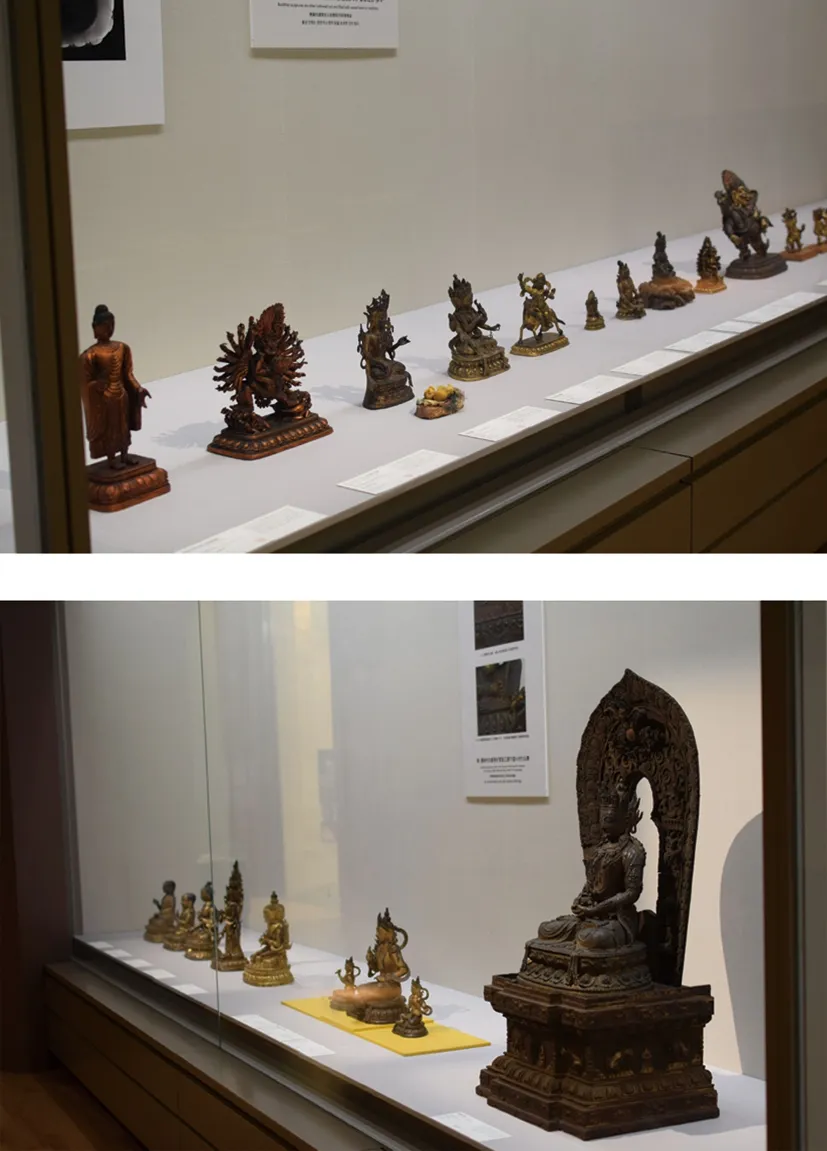
Fig.4 View of Buddha statues on display (Courtesy of the Tokyo National Museum)
Among them, we report on the Deity Vajrabhairava with His Consort (accession no. TC-368) (Fig.5). This dry-lacquered, painted and lacquered statue, 275 mm high, is from the Qing Dynasty of China (18th to 19th century) and was scanned using a vertical CT system at the TNM (manufactured by YXLON International of Germany), with an X-ray output of 550 kV and 1.25 mA, and a resolution of ~0.13 mm. The obtained data were analyzed with VGStudio MAX3 by VolumeGraphics.
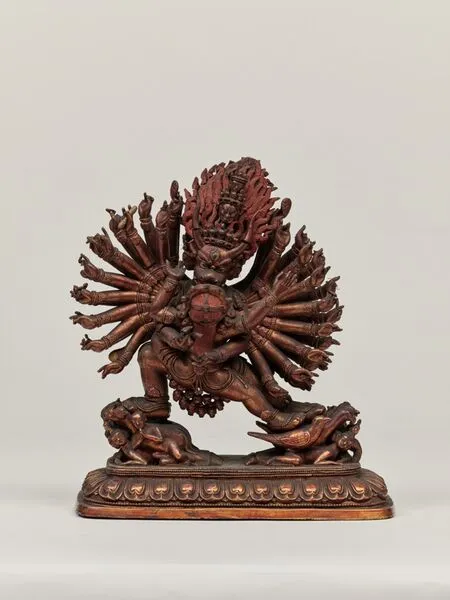
Fig.5 Appearance of TC-368 (Courtesy of the Tokyo National Museum)
The research reveals that the basic form was made of clay with a scroll, probably aDarani(Sanskrit multisyllabic chant), as the axis, and the surface was molded with a paste made of wood and iron as the core, mixed with wood powder and lacquer. The base also has many short scrolls, paper bundles, grains of rice and other materials embedded in it, indicating a careful production process that was conscious of the Tibetan Buddhist practice of constructing Buddhist statues (Fig.6 and Fig.7).
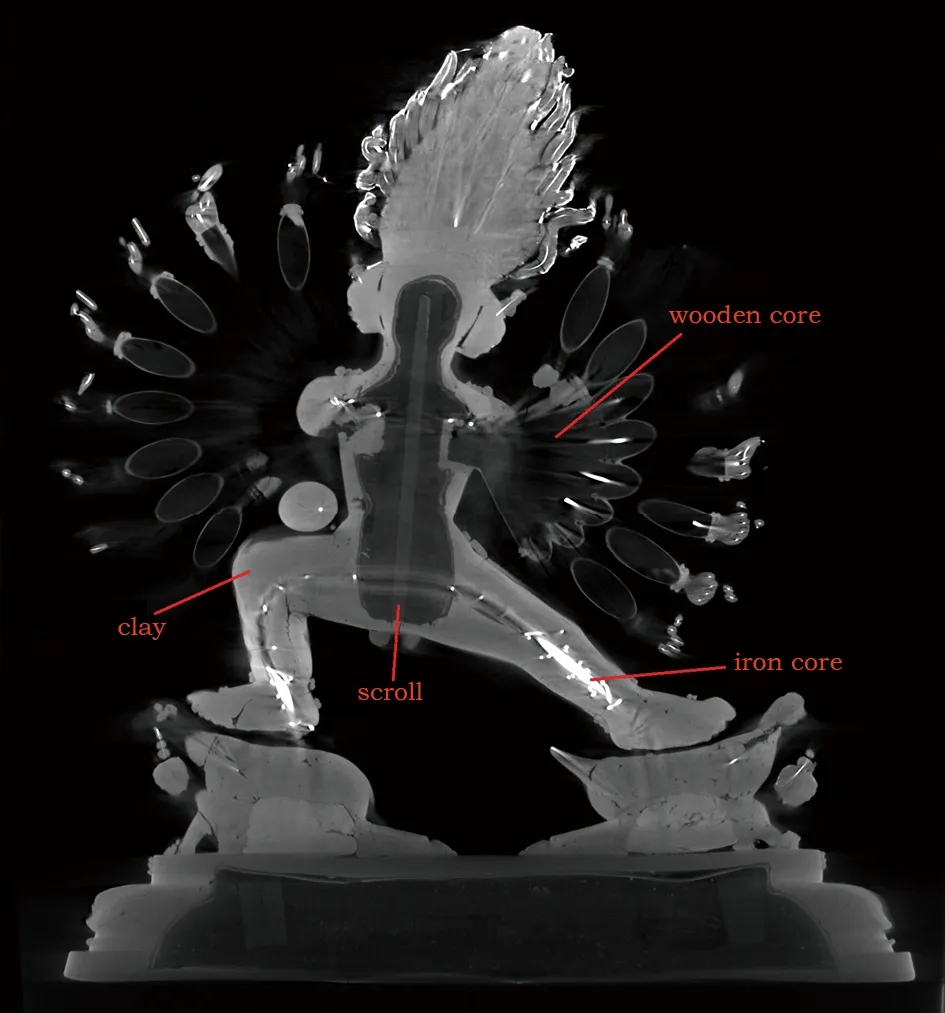
Fig.6 Vertical tomographic image (Courtesy of the Tokyo National Museum)
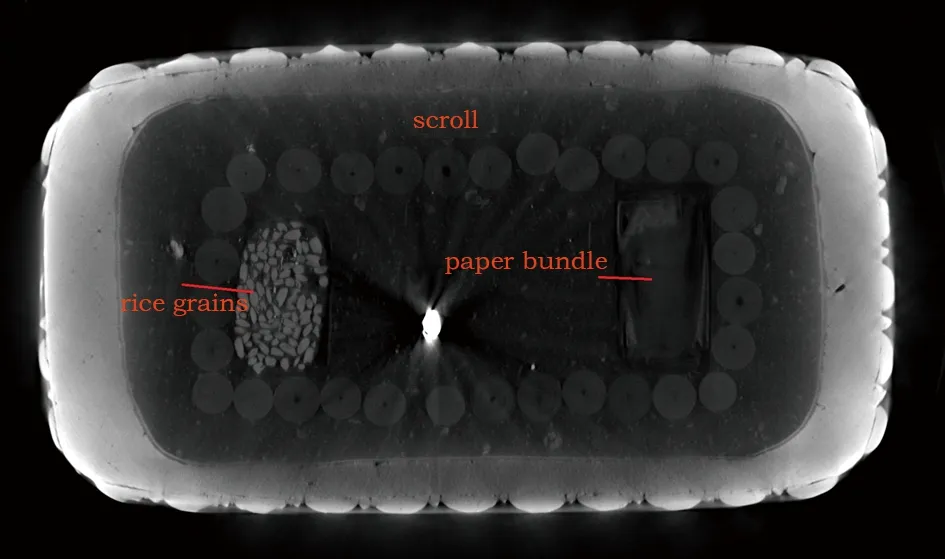
Fig.7 Horizontal tomographic image of the base (Courtesy of the Tokyo National Museum)
Many of the exhibited works have not yet been surveyed, and we plan to continue our CT research and release the results to the public.
3 Conclusion
The CT system for cultural properties introduced to the Kyushu National Museum in 2006 was recognized for its usefulness in surveying and visualizing the differences in materials, internal structure and state of deterioration in three dimensions over a short period of time. During the past 15 years in Japan, the approach has been introduced to many museums and research institutes and has come to be positioned as a basic research method for cultural properties. The system has been applied to a joint survey of ancient Chinese bronzes with the Sen-oku Hakukokan Museum[17]and a survey of insect-damaged materials with the Tokyo National Research Institute for Cultural Properties[18], and its applications to the verification of insecticidal treatments[19], the nondestructive surveys of materials related to Mongol invasions of Japan excavated from the bottom of the sea[20], the surveys of musical instruments held by the Okinawa Prefectural Museum[21]and the research on lacquerware at Tsurumi University[22], etc, have also been witnessed. It is expected to be applied to many materials and fields, and to be utilized in a variety of areas.
CT data is also used in the production of replicas and for educational dissemination in museums by outputting the data on a 3D printer[23]. Although many issues exist concerning the utilization of data and data management in museums, we hope that this report will be of help to you.
